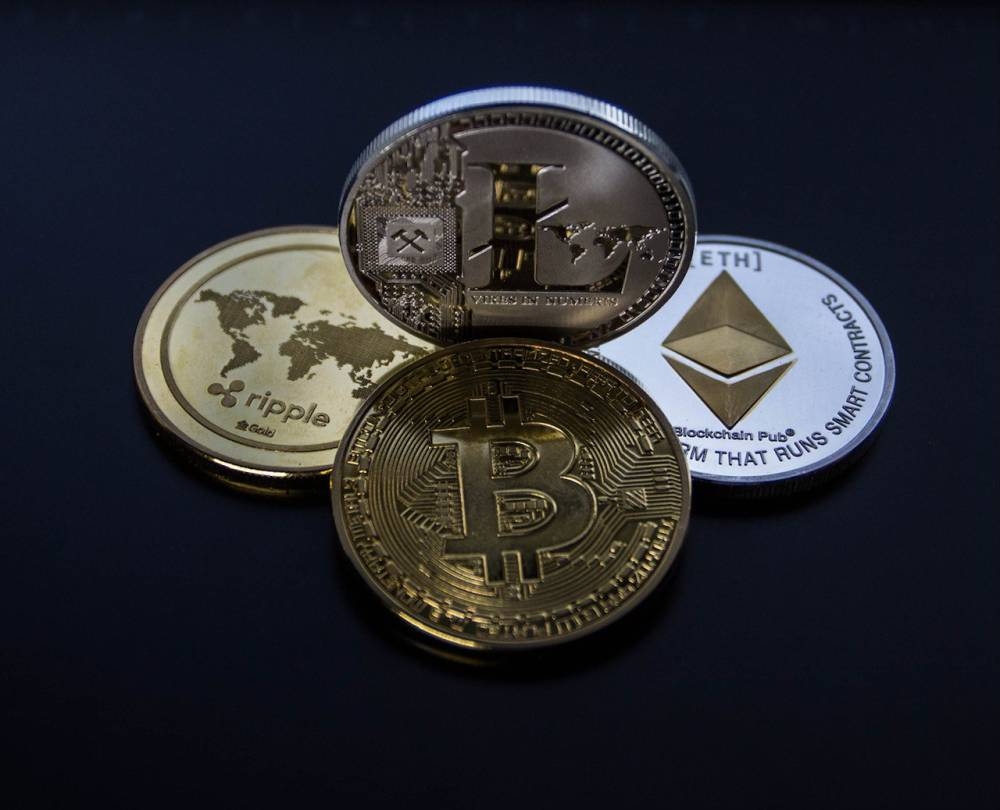As alternative currencies gain steam in the mainstream, cryptocurrencies have become an increasingly larger part of modern finance. However, navigating the crypto-verse can feel like diving headfirst into the Wild West, particularly for the uninitiated. The stakes are high, the learning curve steep, and tales of scams and manipulation are everywhere you look. The good news is that you can avoid these rampant pitfalls and successfully dip your toes into the crypto realm on the first try. Here’s how:
Conduct due diligence before investing
We’re no longer in 2009 when Bitcoin was your only option. Today’s crypto-verse is a massive playground with a dizzying array of choices. While Bitcoin remains the unchallenged king of the realm, there are other rising stars worth considering. From Ethereum to Cardano to fast-rising projects like XRP, investors have more choices than ever. For the braver among us, there are even meme-inspired tokens—think Dogecoin—to consider. Alternatively, you can explore stablecoins like the UST if you don’t fancy the hair-raising ride of other coins.
Whatever you decide, here’s the golden rule: you must gather knowledge. What does each coin bring to the table? Who’s the development team behind the project? How’s their track record? Most importantly, can their identity be verified anywhere else besides their Whitepaper? As a general rule, avoid projects helmed by ghosts (anonymous, unverifiable characters). The likelihood of being scammed is very high.
Next, consider a project’s trading volume and liquidity before diving in. A consistent and high trading volume on a currency is a positive sign that more people are interested in it, making it available on many crypto exchanges. A highly liquid cryptocurrency means you can buy or sell it easily. Liquid currencies also lower investment risk, allow you to make accurate estimates, and give an easy exit strategy.
Choose your trading platform wisely
As we pointed out earlier, the crypto-verse has more choices than any newbie can possibly handle, and that’s not just in the selection of currencies. The same applies to trading platforms or exchanges where you can buy cryptocurrency. Depending on your needs, you can go with centralized (CEX) or decentralized (DEX) exchanges.
Centralized exchanges act as intermediaries that match buyers and sellers and execute trades. Examples include Coinbase, renowned for its user-friendly experience, and Binance, for a buffet of over 500 international currencies. On their part, DEXs operate without a central authority, allowing users to trade directly with one another using smart contracts on the blockchain. DEXs are popular with investors who want more privacy in their transactions. They include options like OKX, Uniswap, PancakeSwap, and SushiSwap.
Protect your Wallets and Keys
Unlike traditional investments, there are no transaction reversals in the crypto-verse. Once your private key is lost, it’s generally gone for good. You won’t recover any assets or holdings in that wallet unless you have the backup key. It also makes your investments vulnerable to attack if the key falls into the wrong hands.
Back up your keys securely, preferably offline, to reduce the risk of hacking or accidental exposure. Use hardware wallets for added security. Additionally, choose strong, unique passwords for your wallets and accounts and enable 2-factor authentication whenever possible.
Keep up with the trends
The crypto-verse is a volatile realm where things change overnight. Tempting as it may be to chase quick riches, remember, fortunes change in an instant. Approach with a clear strategy, diversify your portfolio, and prepare for the long haul. As always, don’t bite off more than you can chew; just invest what you can afford to lose.

